
Transistor Symbol: The Blockbuster Guide (With Zero Boring)
Global electronic component supplier ERSAELECTRONICS: Rich inventory for one-stop shopping. Inquire easily, and receive fast, customized solutions and quotes.
1) Transistor Symbol Primer: Why the Arrow and Bubble Matter
A transistor symbol isn’t just a doodle. It’s a compressed datasheet that tells you three critical things at a glance: (1) which terminal is which, (2) which way current wants to flow, and (3) whether the device inverts or not. In movie terms: the emitter/collector/gate/drain/source are your cast; the arrow is the plot twist; the bubble is the character reveal.
- Arrow (BJT & JFET): Conventional current points from P to N. For the BJT transistor symbol, NPN has the arrow pointing out of the emitter (“NPN: Not Pointing iN”), PNP arrow points in. For JFET, arrows indicate channel type and bias conventions.
- Bubble (MOSFET gate): A tiny circle on the gate means logic inversion (p-channel or active-low behavior). If your transistor symbol shows a bubble on the gate, treat it as “this gate turns on when pulled low.”
- Body diode (MOSFET): Power MOSFET transistor symbol styles often include the intrinsic body diode. It’s your foreshadowing of back-flow and the reason H-bridge schematics have that “four little arrows + four little diodes” vibe.
2) BJT Transistor Symbol: NPN, PNP, Phototransistor & Darlington
BJTs are the rom-com stars of electronics—reliable, everywhere, occasionally dramatic. A BJT transistor symbol uses three terminals: emitter (E), base (B), and collector (C). The emitter arrow shows conventional current direction when the junction is forward-biased: out for NPN, in for PNP. Memorize: “NPN—arrow Not Pointing iN” and your schematic life gets easier.
2.1 NPN & PNP
- NPN transistor symbol: emitter arrow out, collector usually drawn as a straight line. NPN is the go-to for low-side switching in logic-level control.
- PNP transistor symbol: emitter arrow in. PNP shines for high-side switching in simple bias networks.
The transistor symbol labels matter: mixing up E and C can still “work” at low currents, but with horrible beta and breakdown margins. Don’t do movie stunts on real PCBs.
2.2 Darlington & Sziklai
A Darlington transistor symbol shows two BJTs ganged for outrageous current gain, often with a little extra diode symbol from base to emitter for fast discharge. Sziklai (complementary Darlington) solves saturation quirks. If your plot needs high gain without an op-amp cameo, these are your supporting actors.
2.3 Phototransistor & Hall-sidekicks
Phototransistor transistor symbol adds light arrows entering the base region. It’s shorthand for “the world is your base bias.” You’ll see this symbol in IR receiver modules and opto-interrupters where the ambient score (aka lux level) sets the scene.
3) MOSFET Transistor Symbol: n-MOS, p-MOS, Enhancement/Depletion
MOSFETs are the sci-fi heroes—silent, efficient, and absolutely everywhere in power electronics and logic. The MOSFET transistor symbol has three main terminals (G, D, S) plus a body/substrate connection that may be shown explicitly.
3.1 n-channel vs p-channel
- n-MOS transistor symbol: usually no bubble on the gate; turns on when the gate goes high relative to source.
- p-MOS transistor symbol: bubble on the gate to scream “active low.” In high-side logic switches, the bubble is the crucial plot device.
Many power MOSFET transistor symbol drawings include the intrinsic body diode between drain and source. In half-bridge and H-bridge designs, that diode is your unintended time-travel machine for current.
3.2 Enhancement vs Depletion
The channel line in a MOSFET transistor symbol may be broken (enhancement-mode—needs gate drive to turn on) or solid (depletion-mode—conducts by default). Enhancement is the MCU mainstream; depletion shows up in current sources and clever startup circuits.
3.3 Logic-level, body diodes & ESD
A logic-level MOSFET transistor symbol looks like any other, but your schematic notes or part label should scream the threshold and RDS(on) at your gate voltage. ESD diodes may appear in datasheets as tiny extras—schematic libraries rarely include them in the transistor symbol, but remember they exist.
.png?x-oss-process=image/auto-orient,1/quality,q_70/format,webp)
4) JFET & Specialty Transistor Symbol: JFET, IGBT, UJT, Arrays
Not every story is BJT vs MOSFET. Occasionally you’ll meet a JFET, an IGBT, or a unijunction device. Their transistor symbol quirks are worth five minutes of fame.
- JFET transistor symbol: A channel with a gate arrow; depletion-mode by nature. Great for low-noise front ends and analog switches. Arrow conventions vary; annotate your symbol for clarity.
- IGBT transistor symbol: MOSFET gate feeding a BJT output—a hybrid hero. The transistor symbol looks like a MOSFET with a BJT collector/emitter. Think motor drives and inverters.
- UJT & PUT: Retro devices used in timing triggers. Their transistor symbol includes an emitter and two bases; you’ll spot them in vintage dimmers and SCR trigger circuits.
- Arrays & matched pairs: Watch for multiple transistor symbol blocks inside one outline, often with shared substrate pins. The symbol will show tiny links or dots—those dots are your continuity clues.
5) IEC vs ANSI Transistor Symbol Styles (and Why Teams Argue)
Two popular dialects speak transistor symbol around the world:
IEC (International)
Minimalist, abstract, compact. Lines and arcs are simplified; the transistor symbol can look like modern art. Great for dense schematics and European datasheets.
ANSI (US)
More literal and instructional: bold arrows and explicit terminals. New learners often find ANSI transistor symbol variants easier to parse at speed.
Pick one style and stick with it for a drawing set. Mixed dialects can make an NPN look like a PNP at 3 a.m., the exact time your coffee runs out and your plot needs a montage.
6) How to Read a Transistor Symbol in 5 Seconds
- Find the bubble/arrow: Bubble on a gate? That’s p-channel/inverting logic. Arrow out (NPN) or in (PNP)? You now know polarity for the transistor symbol.
- Label the pins: E-B-C for BJTs, G-D-S for MOSFETs. If the transistor symbol omits letters, use the arrow to find the emitter or the body diode to find the MOSFET drain/source orientation.
- Check the environment: Is this high-side, low-side, linear bias, or switching? The surrounding resistors and driver tell you how the transistor symbol is being used.
- Sanity scan: For p-MOS high-side, is there a proper driver? For NPN low-side, is there a base resistor or current-limit? The transistor symbol can’t save you from missing support parts.

7) From Transistor Symbol to PCB: Footprints, Pins & Polarity
Schematics are scripts; PCBs are the movie. A crisp transistor symbol loses meaning if the footprint mapping goes sideways. Here’s how to keep casting consistent:
| Topic | What to Check | Why It Saves You |
|---|---|---|
| Pin order | Does the symbol pin order (E-B-C / G-D-S) match the package datasheet? | TO-92 and SOT-223 swap orders across vendors; the transistor symbol alone can’t fix a mirrored footprint. |
| Thermal pad | Power MOSFET drain tab? Flag it in the symbol comment. | Ground/pour connections depend on which node the tab is—your transistor symbol should hint at it. |
| Package variants | SOT-23 vs SOT-223 vs DPAK? Maintain separate symbol-to-footprint links. | Prevent last-minute “it fits but it doesn’t connect” scenes. |
| Body diode direction | Silkscreen arrow or note on the PCB for H-bridges. | Debugging dead-time issues starts faster when the transistor symbol logic is visible on the board. |
8) Common Mistakes with the Transistor Symbol (and Fixes)
- Arrow denial: Treating an NPN transistor symbol like PNP (or vice versa). Fix: repeat the mantra—“NPN Not Pointing iN.”
- Bubble blindness: Driving a p-MOS gate high without considering the source voltage. Fix: if the transistor symbol shows a bubble, your driver must swing relative to the source node.
- Layout amnesia: Forgetting the body diode path in MOSFET transistor symbol means surprises in reverse currents. Fix: simulate both conduction directions.
- Mixed styles: IEC and ANSI symbols on the same page. Fix: standardize your library; your future self will thank you.
- Wrong footprint link: Perfect transistor symbol, wrong package. Fix: lint with a schematic-to-BOM script and ERC/DRC rules.
9) Handy Cheat Sheets & Part-Number Examples
BJT quick picks
- NPN small-signal: 2N3904, S8050
- PNP small-signal: 2N3906, S8550
- Darlington pair: TIP120 (NPN), TIP125 (PNP)
Check the transistor symbol for pin order; TO-92 flips across families.
MOSFET favorites
- Logic-level n-MOS: AO3400, IRLZ44N
- p-MOS high-side: AO3407, SI2333
- Power workhorses: IPB017N10N5, CSD18540
Your transistor symbol won’t show RDS(on); your datasheet will.
Special roles
- JFET low-noise: 2N5457, J201
- IGBT drives: IKW40N120H3, IRG4PC50
- Phototransistor: TEPT5600, QSE113
Symbols vary—label terminals next to the transistor symbol when in doubt.


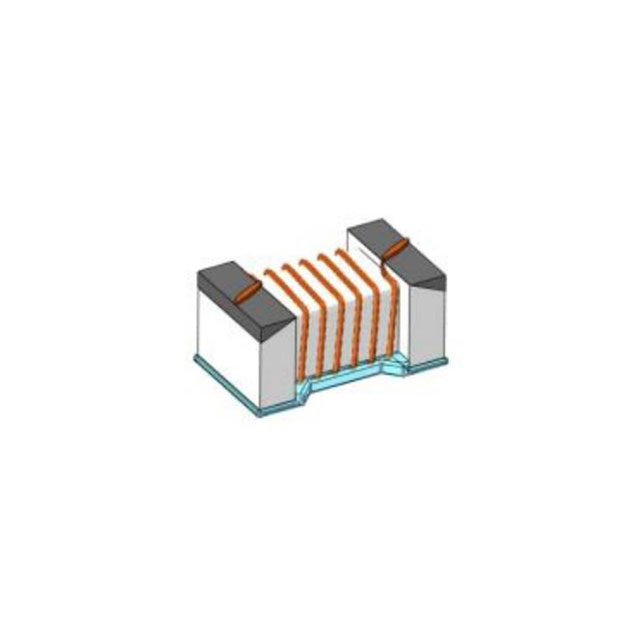

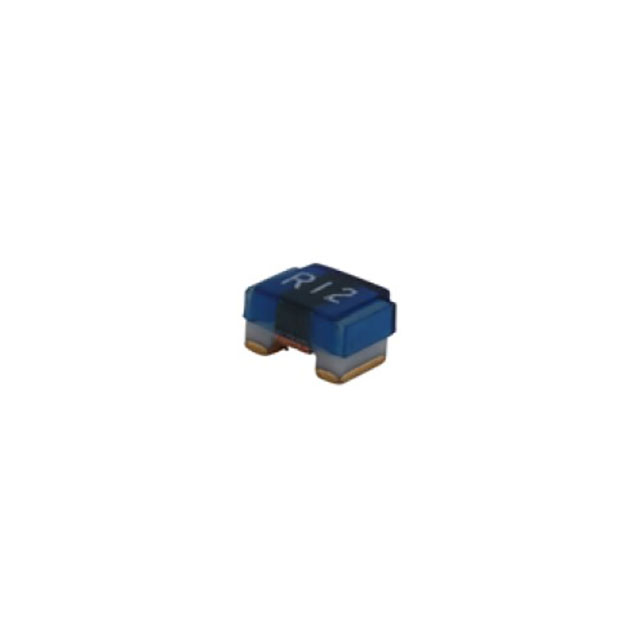
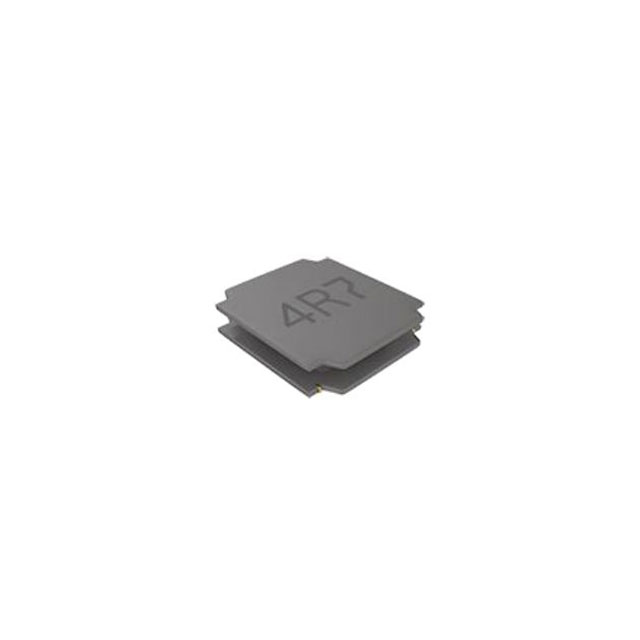

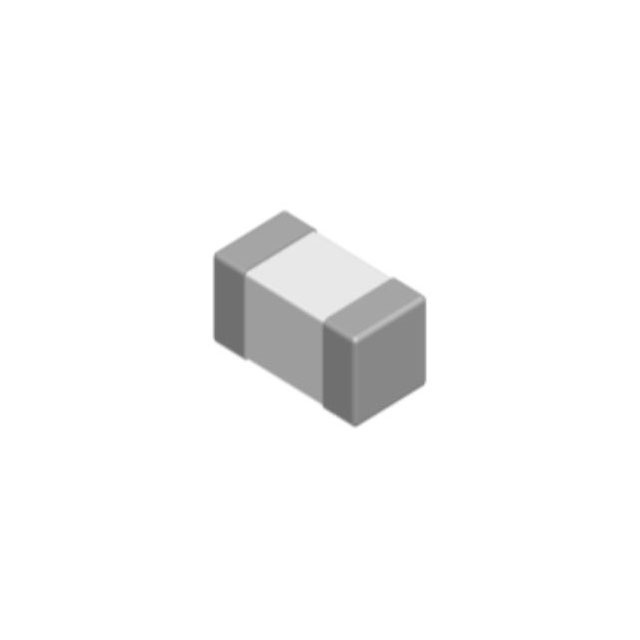
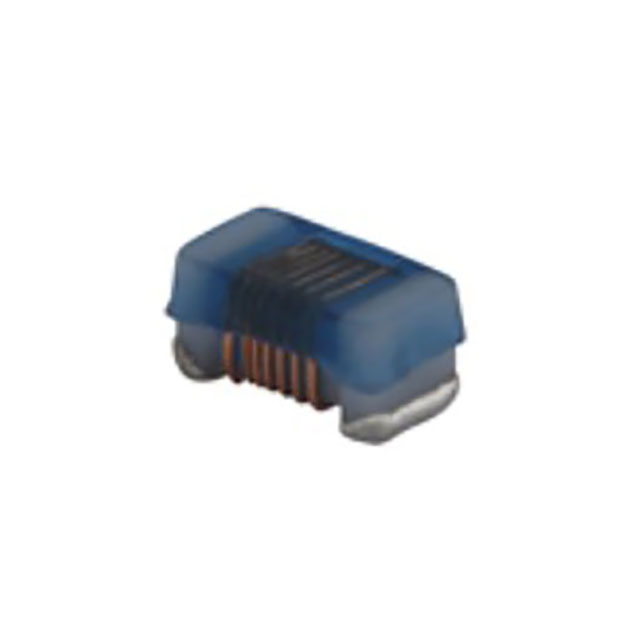
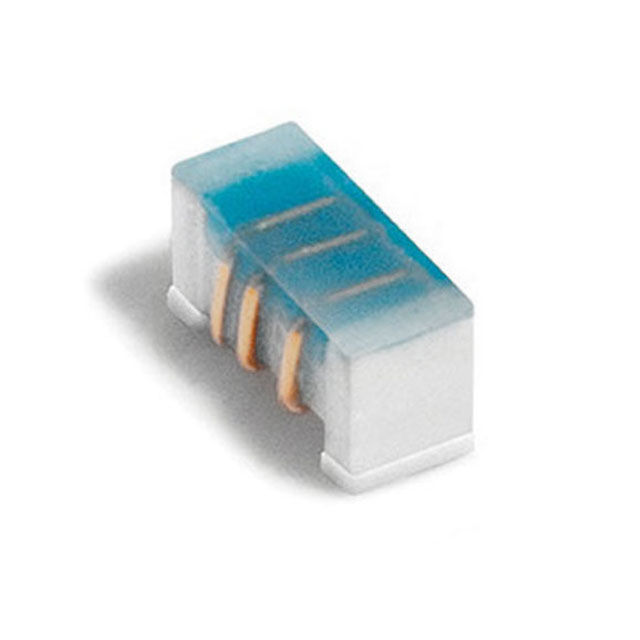
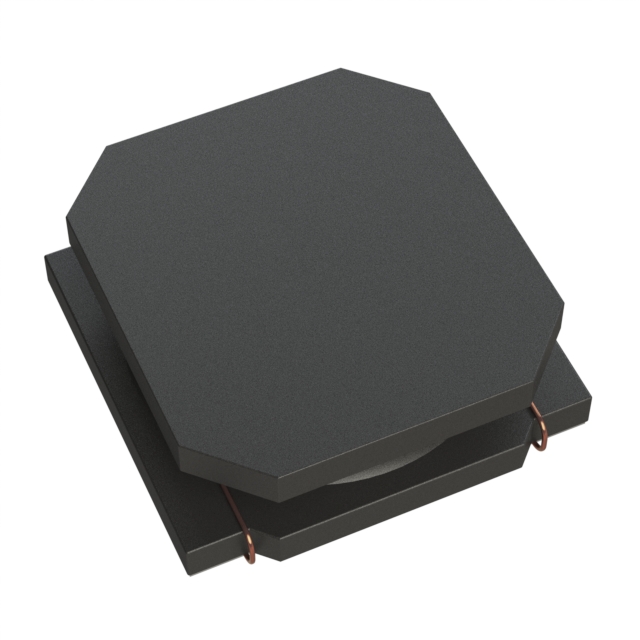






.png?x-oss-process=image/format,webp/resize,h_32)










